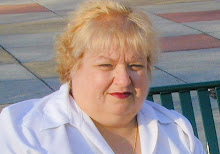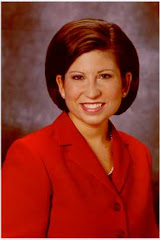Alice Paul becomes involved in the British suffrage movement in 1908 while she is studying in Britain. There she meets Lucy Burns who is also studying in Europe and is involved with British suffrage. Paul returns to the US in 1910 to complete her PhD and joins the National American Woman Suffrage Association (NAWSA) in 1912. After frustration with not obtaining a Federal Woman’s Suffrage Amendment, most of NAWSA’s attention has shifted to securing voting rights on a state-by-state basis. However, Alice Paul leads the small Congressional Committee of NAWSA, which is focused on passage of the Susan B. Anthony Amendment.
In 1913, Alice Paul and Lucy Burns, along with others, form the Congressional Union for Woman Suffrage, which evolves into the National Woman’s Party. The National Woman’s Party concentrates exclusively on adding the Susan B. Anthony Amendment to the Constitution. Paul and Burns employ some of the radical tactics they learned from the suffragists in Britain. They campaign against the political party in power on the premise that delays in suffrage are the responsibility of the party in power. And, only when faced with defeat, would the political party be cajoled into promoting suffrage.
As World War I rages in Europe, President Woodrow Wilson, a Democrat, campaigns for re-election in 1916 with the slogan, “He kept us out of war.” The National Woman's Party campaigns against him with the slogan, “He kept us out of suffrage.”
After Wilson is re-elected and still refuses to support the Susan B. Anthony Amendment, Alice Paul and the suffragists in the National Woman's Party begin picketing in front of the White House. The protests are particularly controversial because they continue even after the US enters World War I in April 1917. The women protestors, known as the “silent sentinels”, demonstrate peacefully, unlike their radical British counterparts. Nonetheless, the women of the National Woman's Party are arrested numerous times beginning in June 1917. Alice Paul, Lucy Burns and others are imprisoned at Occoquan Workhouse in Virginia. When Paul leads a hunger strike, the women are brutally force-fed. The negative press coverage about the jailing of the women puts additional pressure on President Woodrow Wilson to act. According to the book, Jailed for Freedom by Doris Stevens of the National Woman's Party, more than 500 suffragists are arrested between 1917 and 1919, and 168 women serve time in jail. http://herstoryscrapbook.com/Intro/Intro.Paul.p2.htm
Monday, December 14, 2009
Subscribe to:
Post Comments (Atom)










No comments:
Post a Comment